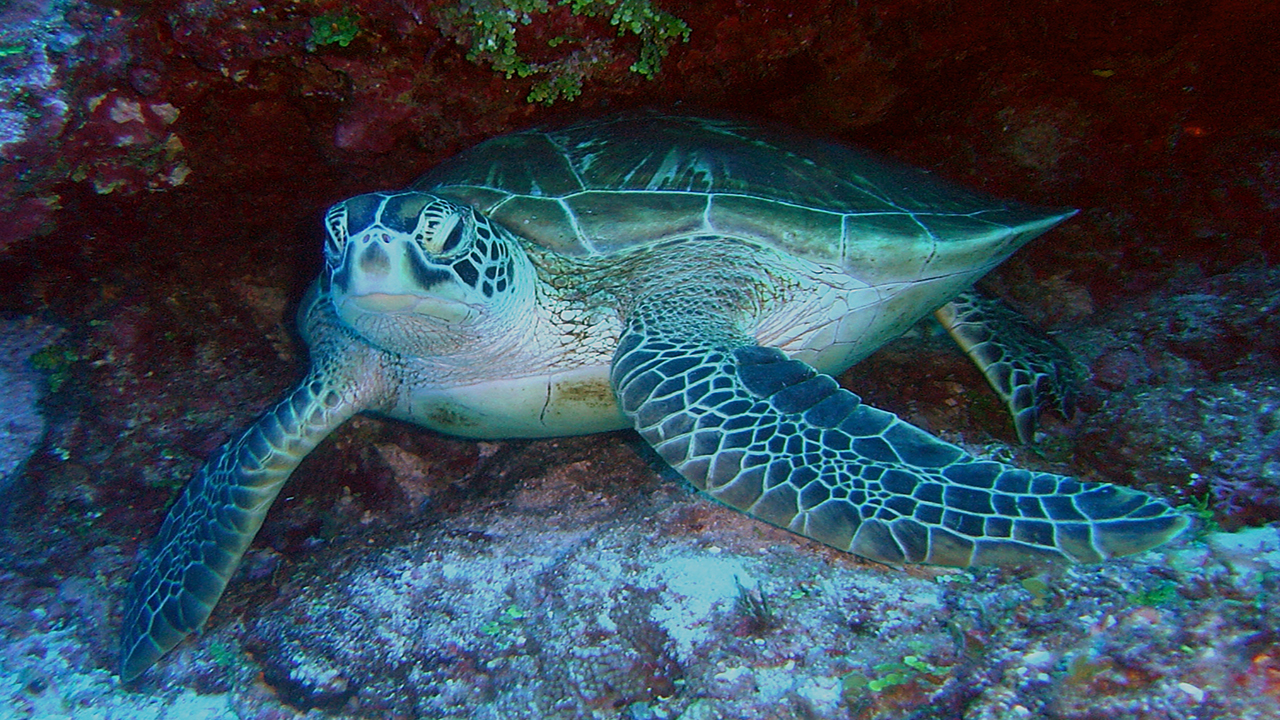No, not all turtles are endangered. However, many turtle species are at risk due to various factors such as habitat loss and illegal wildlife trade.
Protecting and conserving these species is crucial for maintaining the balance of ecosystems and preserving biodiversity. Turtles are fascinating creatures that have been around for millions of years. They are known for their unique characteristics, such as their protective shells and slow movement.
While turtles can be found in various parts of the world, not all of them face the same conservation challenges. Some species, like the loggerhead turtle and the leatherback turtle, are listed as endangered due to factors like coastal development and accidental capture in fishing gear. Other species, such as the painted turtle and the snapping turtle, have more stable populations. It is important to raise awareness about turtles and the threats they face, as well as promote conservation efforts to ensure their survival. By understanding the specific needs and risks faced by each turtle species, we can work towards sustainable solutions that will benefit both these remarkable creatures and the environments they inhabit.

Credit: www.worldwildlife.org
Common Types Of Turtles
Turtles are fascinating creatures that have been in existence for millions of years. They come in various shapes, sizes, and colors. Some of the common types of turtles include the Green Sea Turtle, Loggerhead Turtle, Leatherback Turtle, and Hawksbill Turtle. Each species has its unique characteristics and habits.
The Green Sea Turtle is the largest species and is known for its vibrant green color and herbivorous diet. The Loggerhead Turtle, on the other hand, is recognized by its large head and powerful jaws which are adapted for crushing their prey. The Leatherback Turtle is distinctive due to its lack of a bony shell, while the Hawksbill Turtle is renowned for its beautifully patterned shell which is often used for making jewelry.
| Turtle Species | Distinctive Features |
|---|---|
| Green Sea Turtle | Vibrant green color, herbivorous diet |
| Loggerhead Turtle | Large head, powerful jaws |
| Leatherback Turtle | Lack of bony shell |
| Hawksbill Turtle | Patterned shell |
Unfortunately, many turtle species are currently facing the threat of endangerment. This is mainly due to habitat loss, pollution, climate change, illegal hunting, and the demand for turtle products. These factors have led to a decline in turtle populations worldwide. While conservation efforts are being made to protect and preserve these remarkable creatures, it is important for individuals to be aware of the issues surrounding turtle endangerment and take action to make a positive impact.

Credit: oceantoday.noaa.gov
Conservation Efforts
Not all turtles are endangered, but conservation efforts are still crucial to protect their habitats and ensure their survival. Through initiatives like wildlife sanctuaries and breeding programs, we can help safeguard these remarkable creatures for future generations.
| Role of Government and Organizations in Turtle Conservation |
|---|
| Turtles face numerous threats to their survival, including habitat loss, poaching, pollution, and climate change. To combat these challenges, various governmental agencies and organizations play a crucial role in turtle conservation efforts. They implement policies, conduct research, and raise awareness to protect turtle populations. |
Conservation strategies and initiatives:
Governmental bodies and conservation organizations employ various strategies to safeguard turtle species. These include:
- Implementing protected areas and marine reserves to preserve crucial nesting grounds and habitats.
- Enforcing legislation and regulations against poaching and illegal trade of turtles and their products.
- Supporting research and monitoring programs to understand turtle populations and their ecological needs.
- Educating local communities and raising awareness among the public about the importance of turtle conservation.
- Engaging in international collaborations and partnerships to address transboundary conservation challenges.
Success stories of turtle conservation:
Turtle conservation efforts have yielded positive outcomes in many parts of the world. Some notable success stories include:
- The recovery of the Kemp’s ridley sea turtle population due to strict protective measures and nest monitoring.
- The conservation efforts that led to an increase in the leatherback turtle population in Costa Rica’s Tortuguero National Park.
- The successful implementation of community-led conservation initiatives in India that significantly contributed to the protection of Olive ridley turtles.

Credit: www.worldwildlife.org
Conclusion
It’s crucial to recognize that while not all turtles are currently endangered, many species face significant threats. Conservation efforts and awareness play a vital role in the survival of these remarkable creatures. By promoting sustainable practices and supporting organizations dedicated to turtle conservation, we can contribute to preserving their habitats and ensuring a future where turtles thrive.
Let us do our part in protecting these unique and fascinating creatures for generations to come.






Leave a Reply